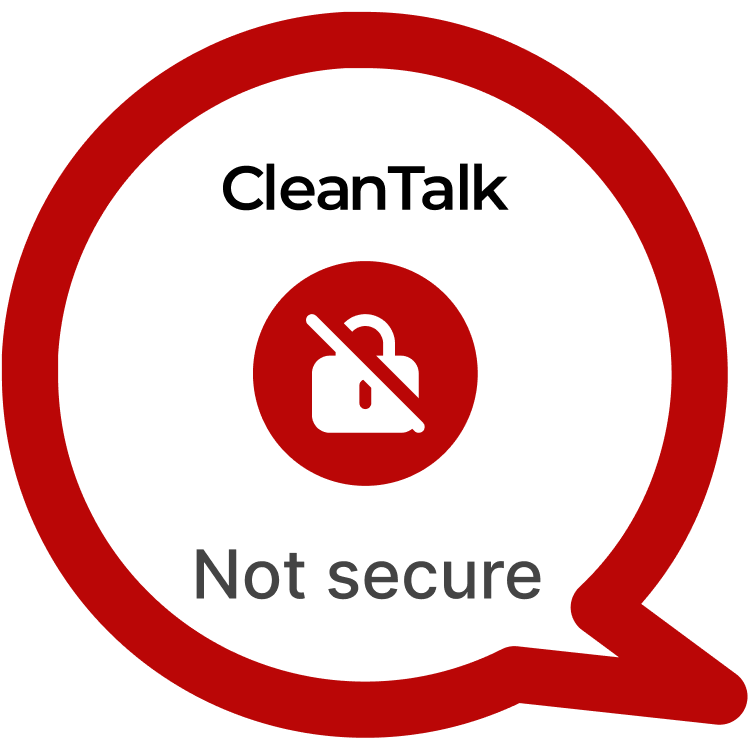Category Posts Widget is a popular WordPress plugin that allows users to display posts from specific categories in a widget format. However, a critical Stored Cross-Site Scripting (XSS) vulnerability, CVE-2024-9638, has been discovered in the plugin. This vulnerability enables attackers with editor-level access to inject malicious JavaScript into the widget settings, which is stored and executed when the widget is rendered on the frontend. The injected script can lead to account takeover, creating a backdoor for the attacker to escalate privileges and gain full control of the site. With over 50,000 active installations, this vulnerability poses a significant security risk to WordPress sites using Category Posts Widget.
| CVE | CVE-2024-9638 |
| Plugin | Category Posts Widget < 4.9.18 |
| Critical | High |
| All Time | 1 654 681 |
| Active installations | 50 000+ |
| Publicly Published | December 17, 2024 |
| Last Updated | December 17, 2024 |
| Researcher | Dmitrii Ignatyev |
| OWASP TOP-10 | A7: Cross-Site Scripting (XSS) |
| PoC | Yes |
| Exploit | No |
| Reference | https://cve.mitre.org/cgi-bin/cvename.cgi?name=CVE-2024-9638 https://wpscan.com/vulnerability/119d5249-48e4-429e-8a1d-ad112e0c966d/ |
| Plugin Security Certification by CleanTalk |  |
| Logo of the plugin |
PSC by CleantalkJoin the community of developers who prioritize security. Highlight your plugin in the WordPress catalog.
Timeline
| October 11, 2024 | Plugin testing and vulnerability detection in the Category Posts Widget have been completed |
| October 11, 2024 | I contacted the author of the plugin and provided a vulnerability PoC with a description and recommendations for fixing |
| December 17, 2024 | Registered CVE-2024-9638 |
Discovery of the Vulnerability
The vulnerability was discovered during a security audit of the Category Posts Widget plugin. The issue was found in the “widget-category-posts%5B4%5D%5Bthumb_h%5D” field of the widget settings, which allows users to configure various options for displaying posts, including post thumbnails. The plugin fails to properly sanitize user input in this field, allowing attackers to inject malicious JavaScript. When the widget is rendered on the frontend, the injected script executes in the browser of any user who views the page, potentially leading to session hijacking or the creation of a backdoor admin account. This vulnerability exists due to improper input validation and the lack of sanitization in fields that interact with dynamic content.
Understanding of XSS attack’s
Cross-Site Scripting (XSS) vulnerabilities occur when an attacker is able to inject malicious scripts into web pages, which are then executed in the browsers of users who visit the page. These attacks can have various malicious outcomes, including the theft of session cookies, account takeover, and privilege escalation. XSS vulnerabilities are particularly dangerous in WordPress plugins, where user-generated content is often displayed without proper validation. A real-world example of an XSS vulnerability in WordPress was found in the WPForms plugin, where attackers could inject malicious scripts into form fields, leading to session hijacking and unauthorized access. Similarly, CVE-2024-9638 exploits improper sanitization in Category Posts Widget, where a user with editor-level privileges can inject malicious JavaScript into the widget’s settings, causing it to execute when the widget is displayed.
Exploiting the XSS Vulnerability
To exploit CVE-2024-9638, an attacker with editor-level privileges:
POC:
You should create new "Category Posts" widget. Firstly, you should change "widget-category-posts%5B4%5D%5Bthumb_h%5D" field to "Malicious JS code eval() and etc. For example 15123"a</style><img+src=x+onerror=alert(1)> -> Save Settings (Admins and editors are allowed to use JS in posts/pages/comments/etc, so the unfiltered_html capability should be disallowed when testing for Stored XSS using such roles)____
The potential risks of CVE-2024-9638 are significant. If successfully exploited, the attacker could hijack an administrator’s session, gain access to sensitive information, or perform unauthorized actions on the site. This could lead to a variety of malicious activities, such as defacing the site, stealing user data, installing malicious plugins, or modifying content. In a real-world scenario, the attacker could use the backdoor created through this vulnerability to maintain persistent access to the WordPress site, even if the admin changes their password. For websites that handle sensitive user information, such as e-commerce platforms or membership sites, the impact of this vulnerability could be severe, leading to data breaches, financial losses, and reputational damage. Additionally, the vulnerability could be used as a stepping stone to exploit other systems connected to the compromised WordPress site.
Recommendations for Improved Security
To mitigate the risks associated with CVE-2024-9638, administrators should immediately update the Category Posts Widget plugin to the latest version once a patch is available. It is essential to ensure that all user input, particularly in fields like “widget-category-posts%5B4%5D%5Bthumb_h%5D,” is properly sanitized and validated before being saved or rendered. Administrators should also disable the unfiltered_html capability for non-admin users, especially editors, to prevent them from injecting JavaScript into plugin settings. Implementing Content Security Policies (CSP) and conducting regular security audits of WordPress plugins can help detect and block XSS vulnerabilities. Additionally, limiting the permissions of non-admin users and reviewing user roles periodically can further reduce the risk of privilege escalation attacks. To prevent this type of attacks vendor used our methods of prevention.
By taking proactive measures to address Stored XSS vulnerabilities like CVE-2024-9638, WordPress website owners can enhance their security posture and safeguard against potential exploitation. Stay vigilant, stay secure.
#WordPressSecurity #StoredXSS #WebsiteSafety #StayProtected #HighVulnerability
Use CleanTalk solutions to improve the security of your website
Dmitrii I.